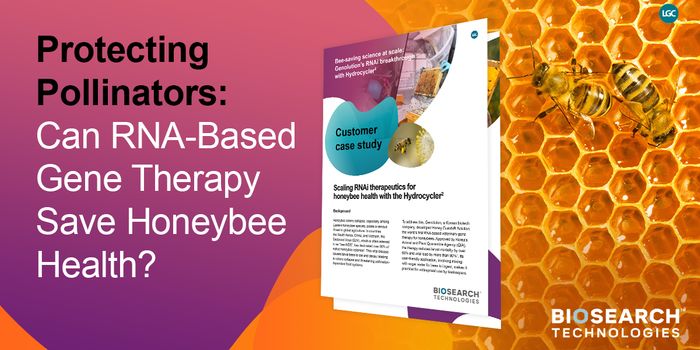
We may often think about how to protect ourselves from melanoma, especially during summer, when time spent outdoors is prized.
Our thoughts often run skin deep-we are aware that people with fair skin, blond or red hair, or light-colored eyes may be at greater risk of developing melanoma, the most perilous skin cancer, even though people with darker complexions can get it too. Skin that has endured blistering sunburns in years past can ramp up the risk, as can having a multitude of moles or unusual ones.
Melanoma can also infiltrate the family tree-a family history of the disease can be a risk factor.
A new wrinkle is the discovery that longer telomeres raise the risk for melanoma.
This discovery is detailed in a paper published in the Journal of the National Cancer Institute, co-written by a researcher from Dartmouth, Lebanon, NH, in collaboration with The Melanoma Genetics Consortium (GenoMEL), a global research group coordinated by the University of Leeds, UK.
"For the first time, we have established that the genes controlling the length of these telomeres play a part in the risk of developing melanoma," says lead author Mark Iles, PhD, School of Medicine at the University of Leeds.
Telomeres-lengths of DNA at the end of chromosomes-act like plastic caps on shoelace tips, the researchers note, that keep the laces from fraying. They serve as shields, blocking destructive environmental elements.
"Telomere length plays a key role in survival of cells and shorter telomere lengths are associated with aging and cardiovascular disease along with many cancers," says Christopher Amos, PhD, co-author and associate cancer center director for population sciences and interim deputy director at the Dartmouth-Hitchcock Norris Cotton Cancer Center. "This research is important because it suggests that abnormal cell lifespan could play a key role in the development of melanomas and that agents targeting cell proliferation could be valuable for reducing melanoma growth."
The GenoMEL study, which was performed at the University of Leeds, is the most comprehensive one thus far to track the genetic basis of telomere length in melanoma. The research team examined more than 11,000 melanoma cases and almost 14,000 control cases from patients in the United States, Europe, Australia, and Israel. They analyzed seven known or suspected genetic variations in a genome-wide associate study (GWAS). GWAS studies help genetics researchers to link genetic variations with specific diseases.
The team devised a score representing genetically-determined telomere length, founded on all the established telomere associated genes, and discovered that this score was associated with melanoma risk. The one in four people predicted to have the longest telomeres are at 30 percent higher risk of developing melanoma versus the one in four predicted to have the shortest telomeres.
Iles says that while more investigation is needed to better fathom the relationship between melanoma and telomeres, learning more about how an individual's genetic telomere profile influences his or her risk for developing melanoma is helpful. "It will improve our understanding of melanoma biology and gives us a target towards developing potential treatments as well as potentially helping shape advice on what behavioral changes people might make," he says.
The National Institutes of Health estimates that in 2014, there will be 76,100 new cases of melanoma of the skin and some 9,710 people will die of this disease. In 2011, there were about 960,231 people living with melanoma of the skin in the United States, where it is the fifth most common type of cancer.
Still a mystery is why a longer telomere is linked with melanoma. Experts suggest that the longer telomere could delay a cellular aging process, which boost the probability of cellular variation.
 We may often think about how to protect ourselves from melanoma, especially during summer, when time spent outdoors is prized.
We may often think about how to protect ourselves from melanoma, especially during summer, when time spent outdoors is prized. 







